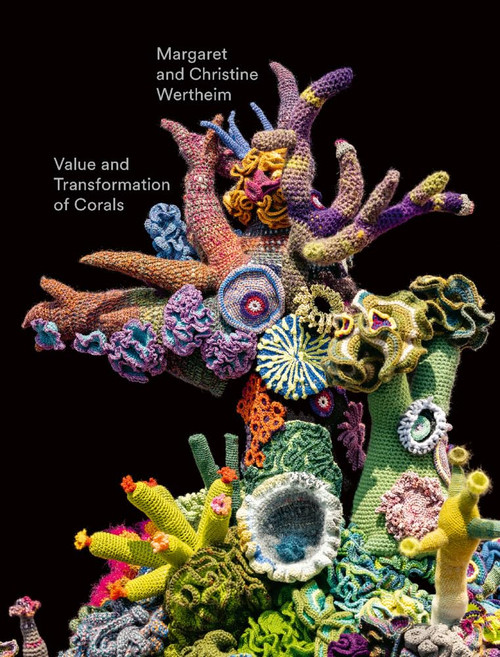All museum activities converge in the public forum of the exhibition regardless of whether the exhibit is held in the physical museum or is on the Web. Since the first edition of this book in 2002, there has been a world-wide explosion of new galleries and exhibition halls, and new ideas about how exhibitions should look and communicate. The definition of what an exhibition is has changed as exhibitions can now be virtual; non-traditional migratory and pop-up spaces play host to temporary displays; social media has created amazing opportunities for participatory engagement and shifted authority away from experts to the public; and as time-constrained audiences demand more dynamic, interactive, and mobile applications, museum leadership, managers, staff, and designers are rising to these challenges in innovative ways.
Drawing on years of experience and top-flight expertise, Barry Lord and Maria Piacente detail the exhibition process in a straightforward way that can be easily adapted by institutions of any size. They explore the exhibition development process in greater detail, providing the technical and practical methodologies museum professionals need today. Theyve added new features and expanded chapters on project management, financial planning and interactive multimedia while retaining the essential content related to interpretive planning, curatorship, and roles and responsibilities.
This second edition of the standby Manual of Museum Exhibitions is arranged in four parts:
- Why Covering the purpose of exhibits, where exhibit ideas come from, and how to measure success
- Where Covering facilities and spaces, going into details including security, and interactive spaces
- What A look at both permanent collection displays, and non-collection displays, as well as virtual, participatory, temporary, travelling displays, and retail sales
- How Who is involved, planning, curatorship, and content development, design, multimedia, fabrication and installation, financial planning, and project management
Over 130 figures and photographs illustrate every step of the exhibit process. No museum can be without this critical, detailed guide to an essential function.










